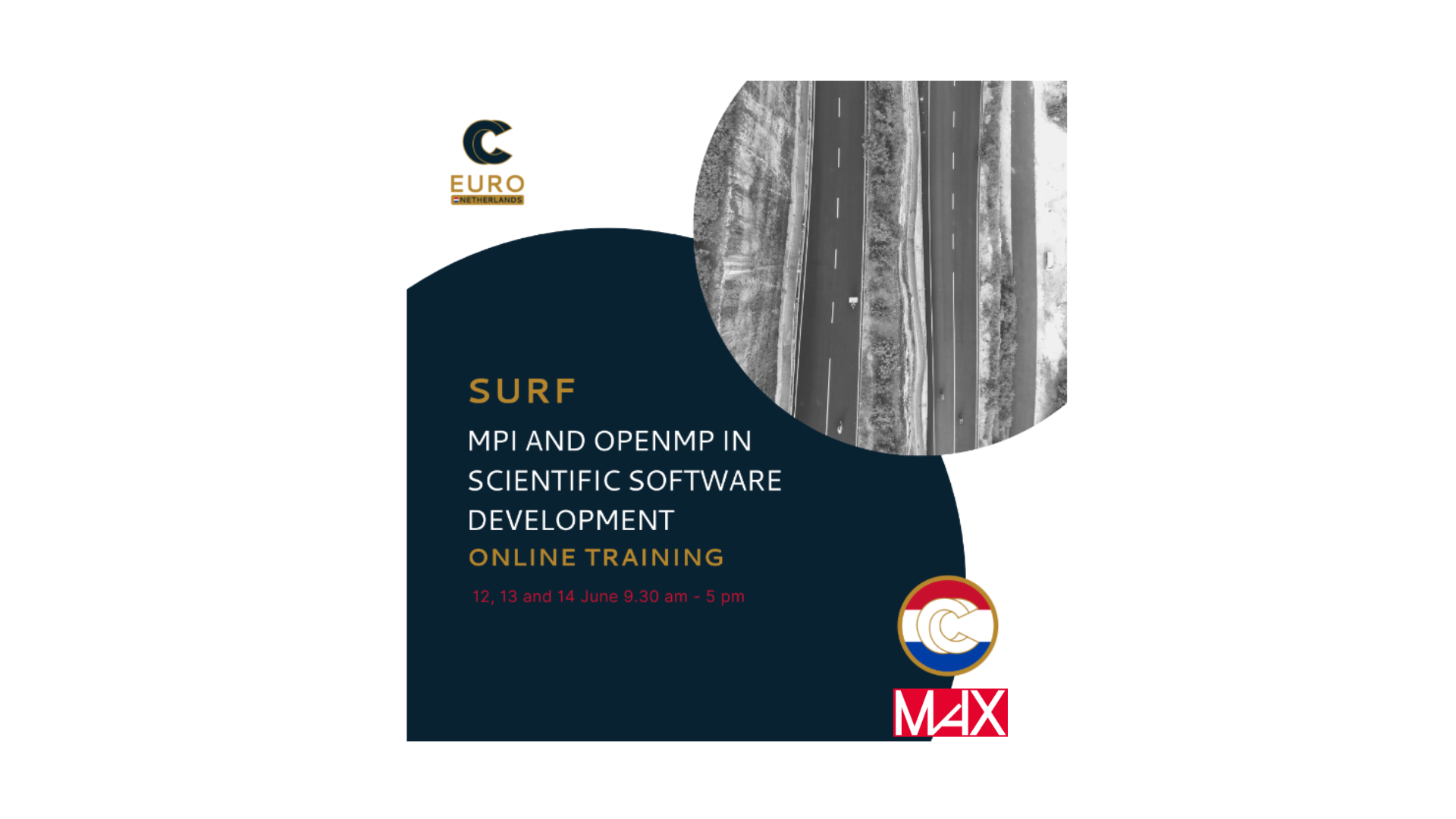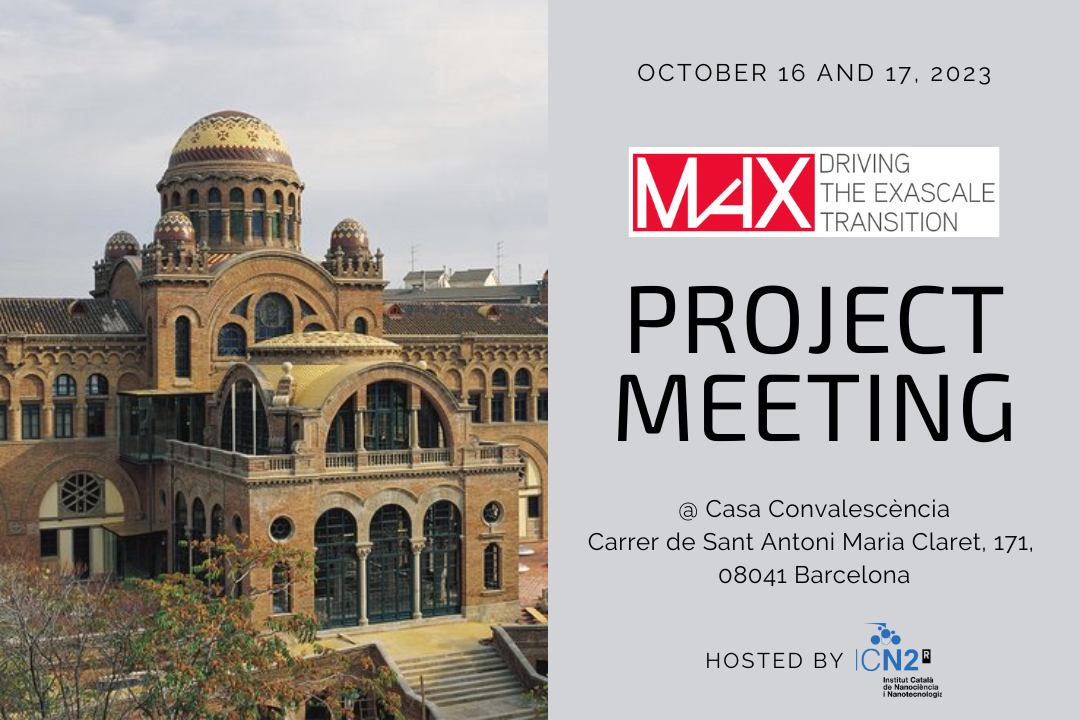Accelerating material discovering through software and workflows that automate complex simulations
A significant step has been taken towards high-throughput computational screening for the discovery and design of new materials, thanks to the development of efficient algorithms and automated workflows. This research, recently published in 'npj Computational Materials', is a joint effort of the MaX Centre and the Big-Map project.
In recent years, computational high-throughput (HT) screening has emerged as a powerful approach to accelerate materials discovery, complementing traditional experimental methods. Researchers have successfully applied this strategy to various areas, including the identification of 2D materials, optimal lithium-ion battery anodes, and materials for thermoelectric, photocatalytic, and photovoltaic applications. The key to the success of these studies lies in the development of sophisticated software and robust workflows that automate complex simulations and minimize human intervention.
While most of these works have focused on density functional theory (DFT) to predict ground state properties, accurately predicting excited-state properties —crucial for understanding active processes in light harvesting and energy storage technologies— requires different approaches. Many-body perturbation theory (MBPT) and Green's function methods are state-of-the-art tools for such predictions, but their computational complexity has so far limited their automation and application in high-throughput screenings.
Addressing these challenges head-on, a team of researchers from Italy (CNR-NANO, University of Modena and Reggio Emilia, and University of Trieste) and Switzerland (École Polytechnique Fédérale de Lausanne, and Paul Scherrer Institute) proposes an algorithm and implementation to automate MBPT calculations, which will give a strong boost to computational high-throughput screening for the study and design of new materials with desired excited-state properties. This work, led by the CNR-NANO team, represents a coordinated effort between the MAterials design at the eXascale (MaX) Centre of Excellence and the Battery Genome Interface – Materials Acceleration Platform (BIG-MAP), an EU project that is part of the Battery 2030+ initiative.
As explained in a paper recently published in the journal npj Computational Materials, the algorithm ensures efficient and robust convergence of the GW approximation and the Bethe-Salpeter equation (BSE) simulations, significantly reducing the data processing burden. To further enhance efficiency, an automatic GW band interpolation scheme based on maximally localized Wannier functions has been developed, enabling accurate predictions while minimizing computational resources. The implementation of these advancements in the AiiDA framework, a platform commonly used for HT studies, enables seamless integration with different MaX’s lighthouse codes used in these simulations, i.e., QUANTUM ESPRESSO for DFT and YAMBO for GW-BSE calculations.
By automating and streamlining the MBPT workflow, this research breakthrough makes these complex calculations accessible to a broader range of researchers, including non-experts, and paves the way for accelerated materials discovery, as researchers can explore a wider range of materials and properties with improved accuracy and efficiency. The authors of this paper anticipate that these simulations will be integrated into routine materials research in the near future, building on code-specific efforts toward exascale and extreme scaling performances.
Reference article:
Miki Bonacci, Junfeng Qiao, Nicola Spallanzani, Antimo Marrazzo, Giovanni Pizzi, Elisa Molinari, Daniele Varsano, Andrea Ferretti, Deborah Prezzi, Towards high-throughput many-body perturbation theory: efficient algorithms and automated workflows, npj Comput Mater 9, 74 (2023). DOI: 10.1038/s41524-023-01027-2




